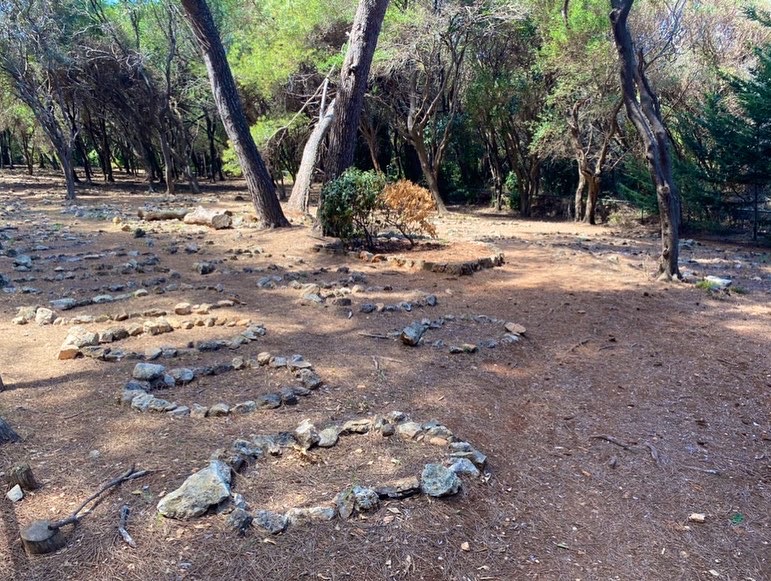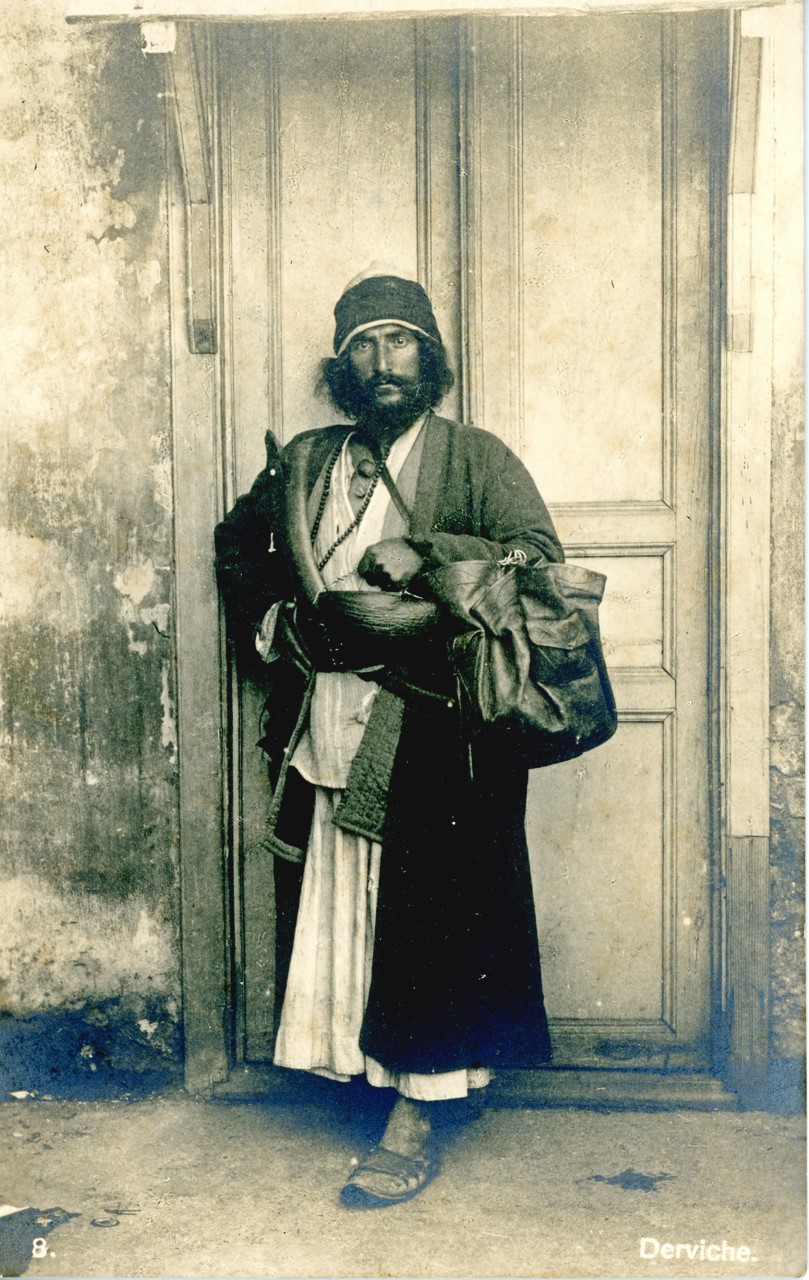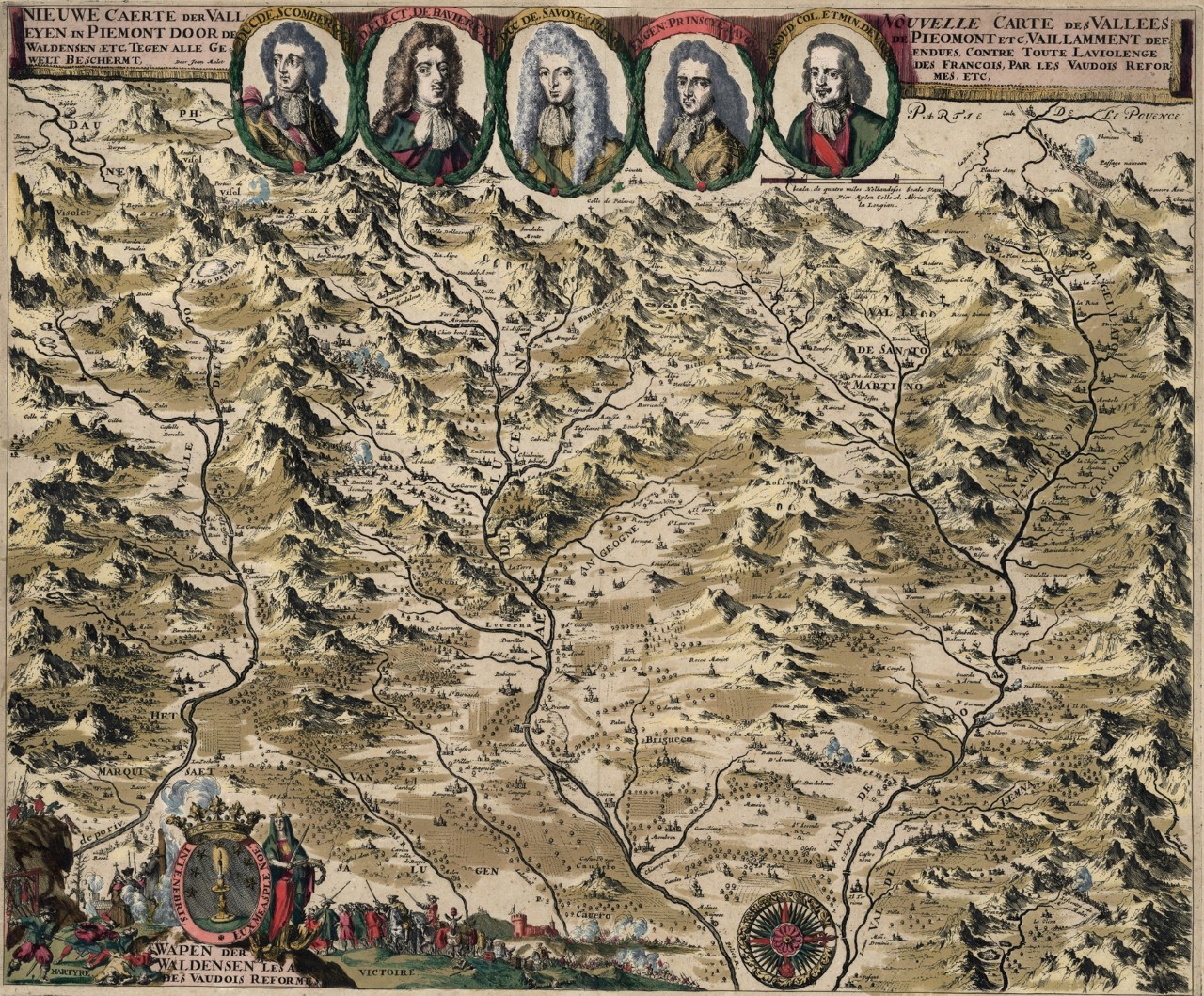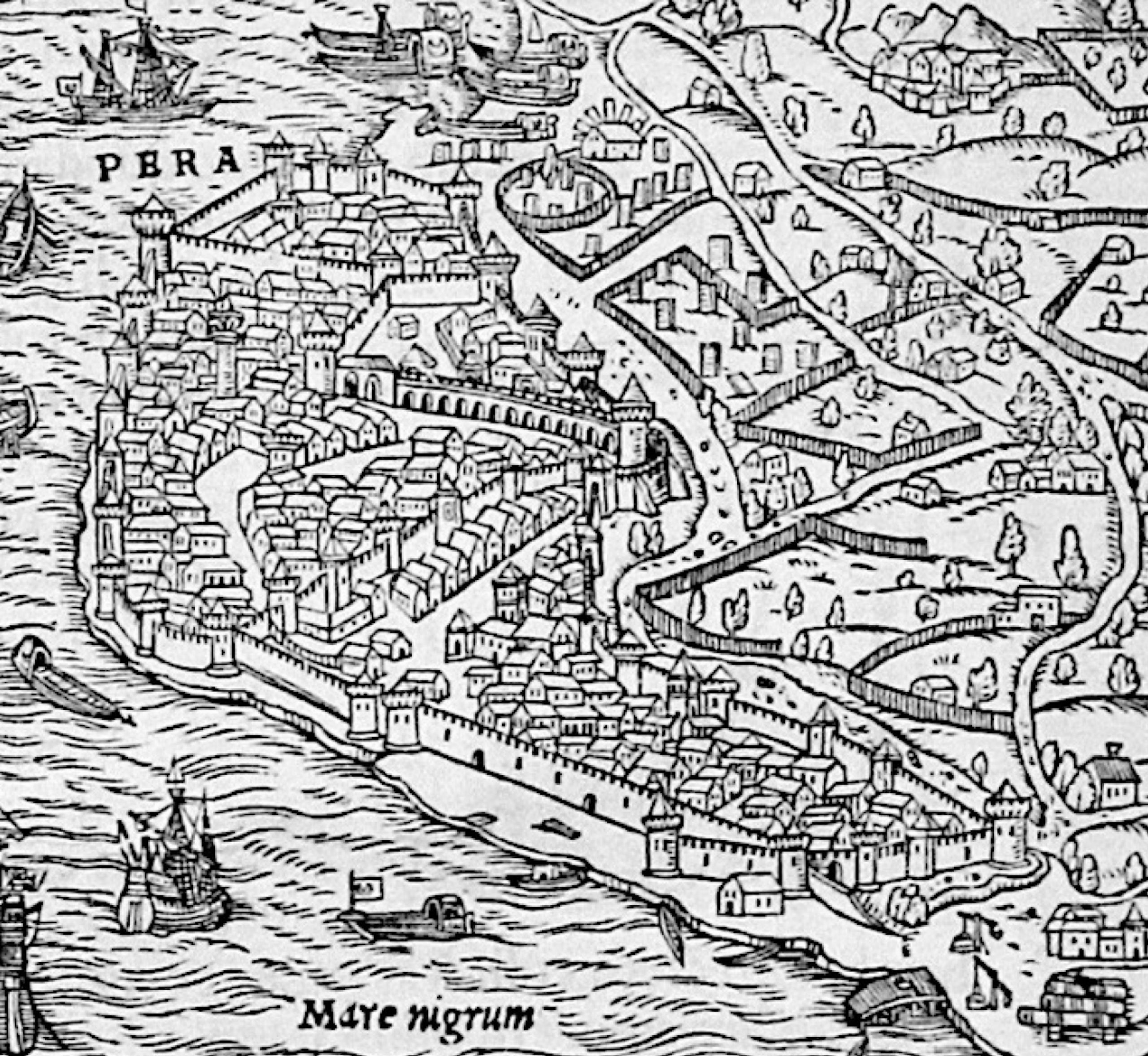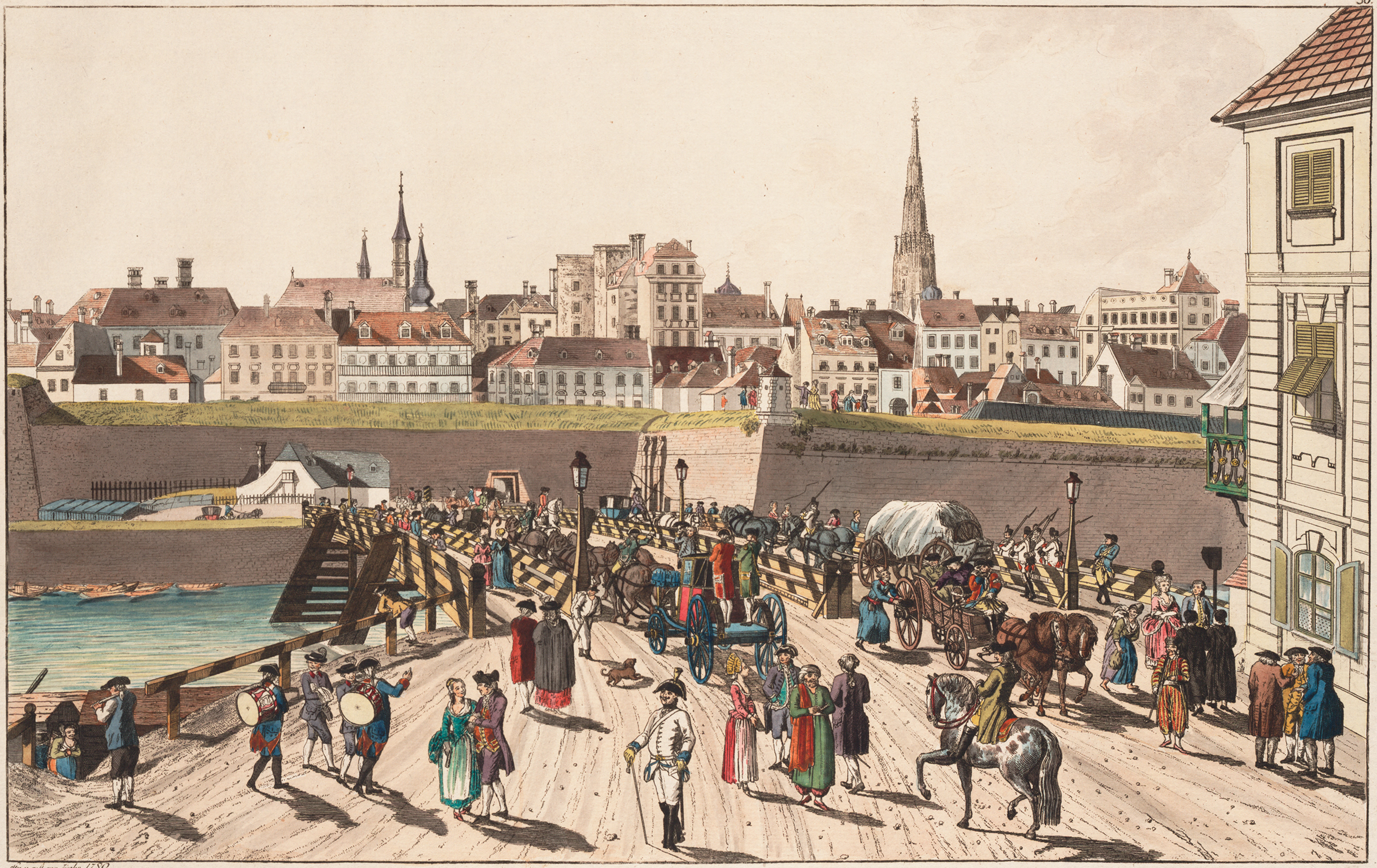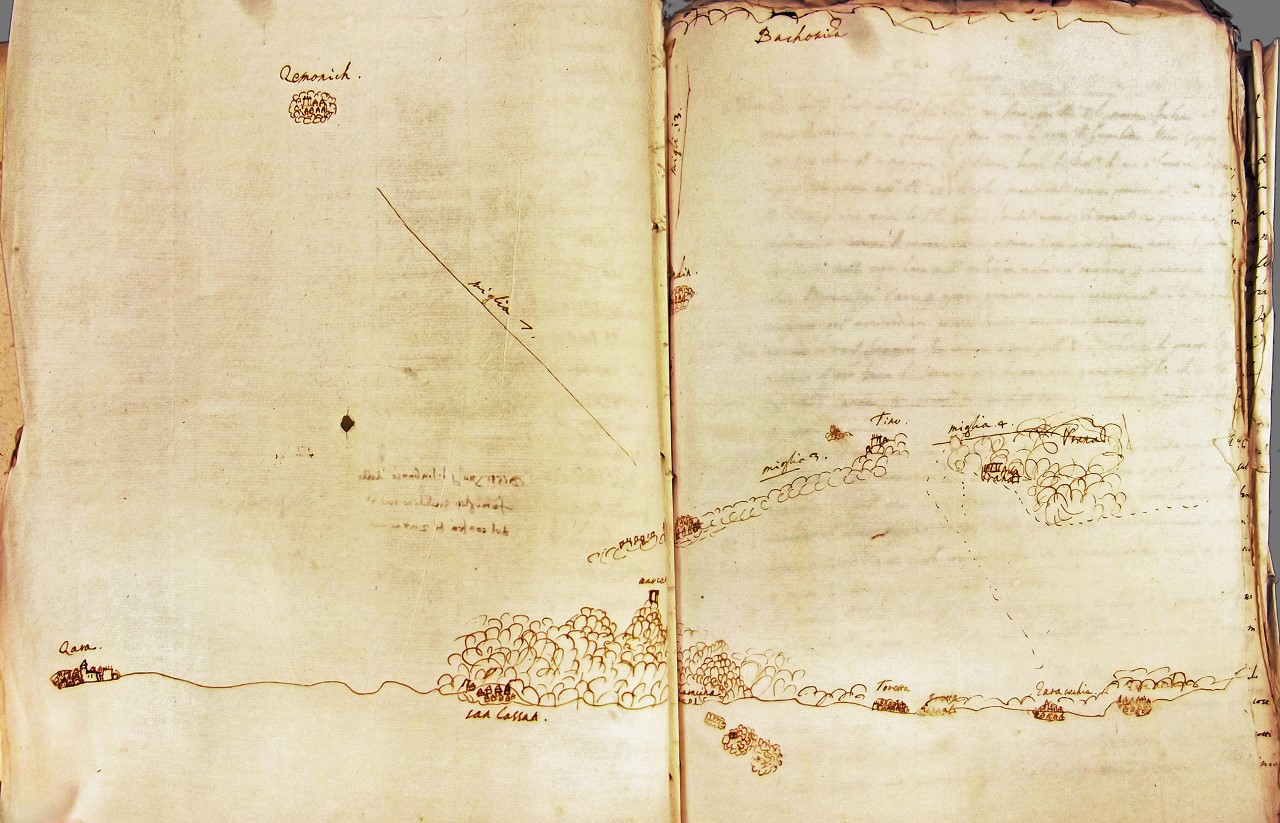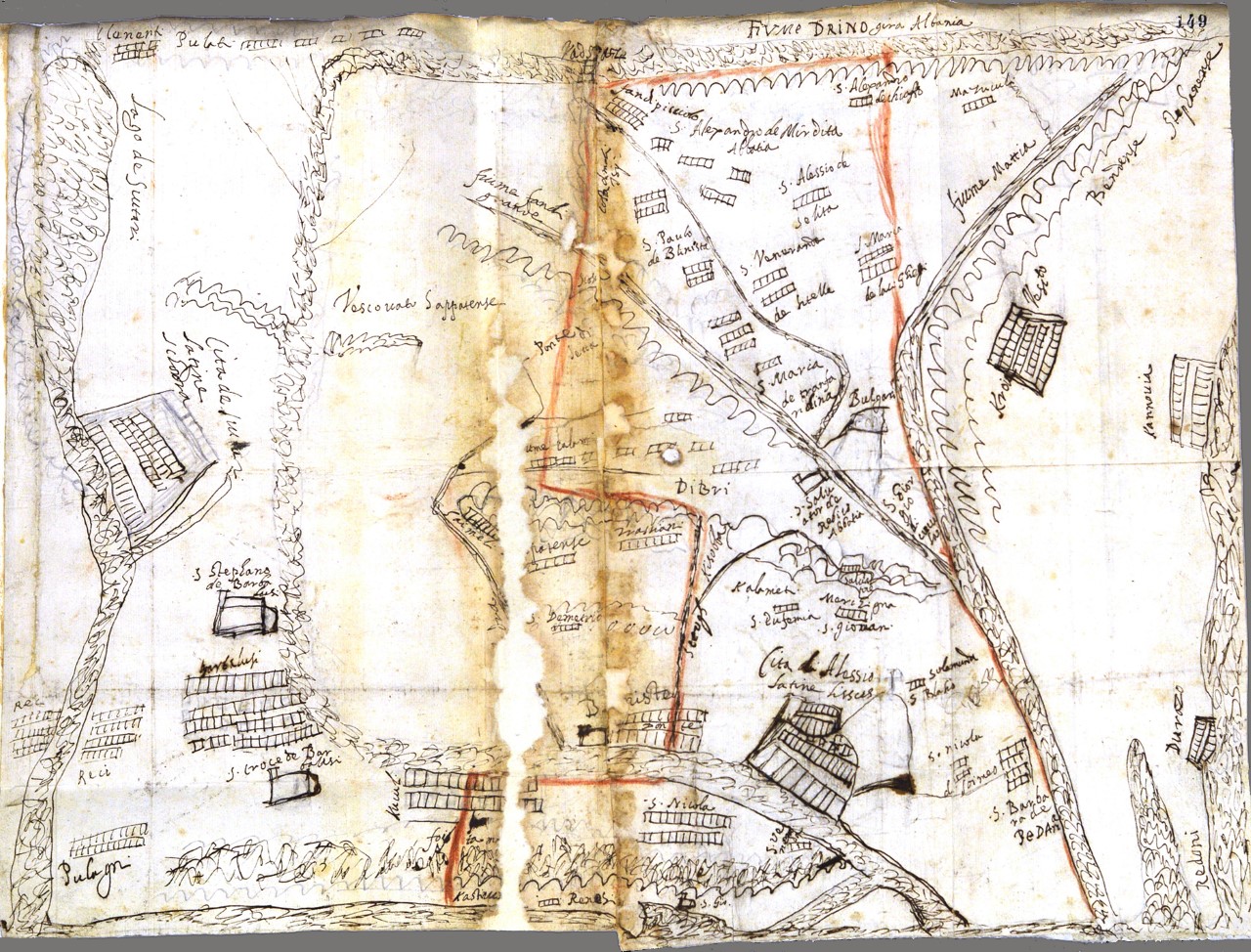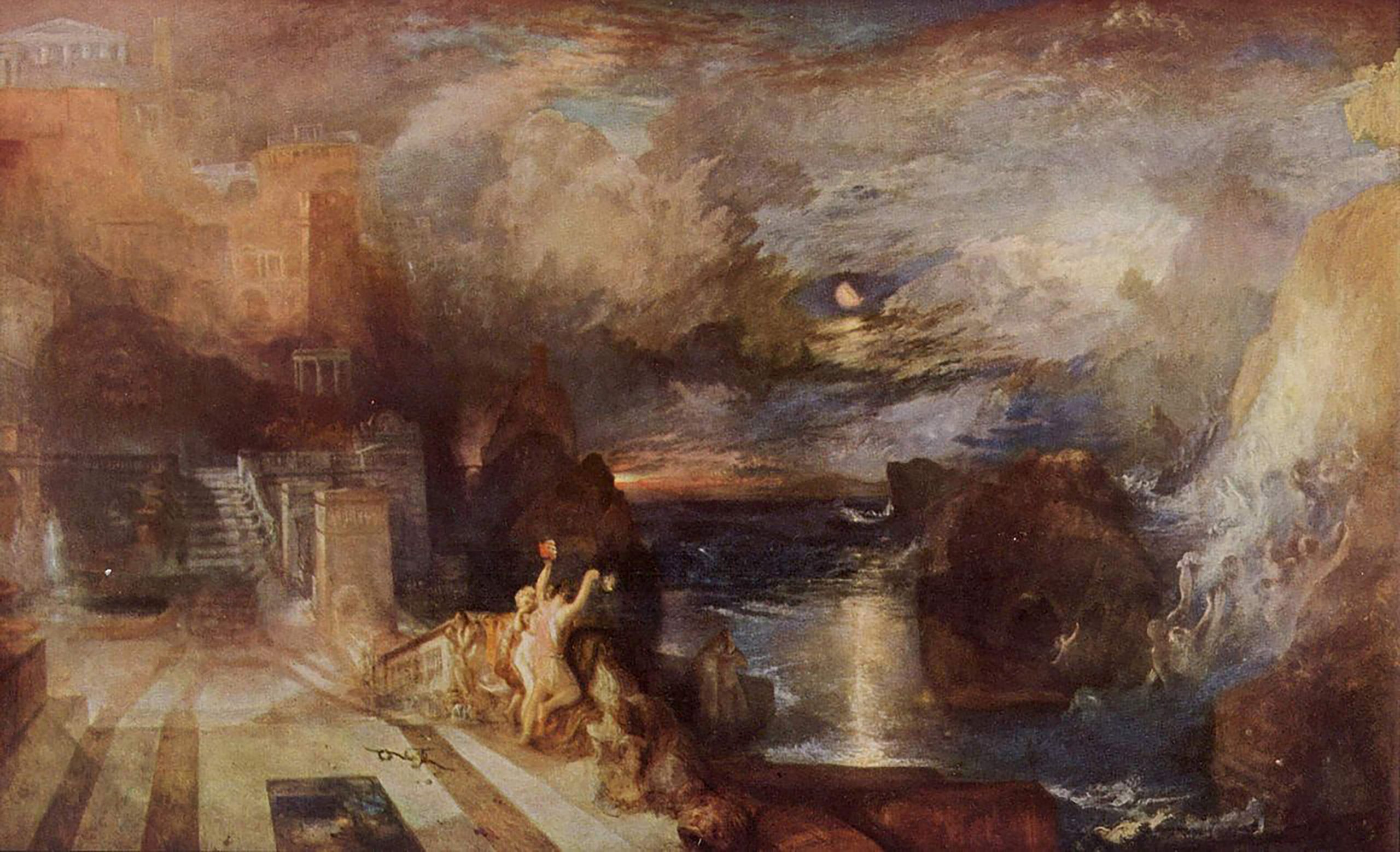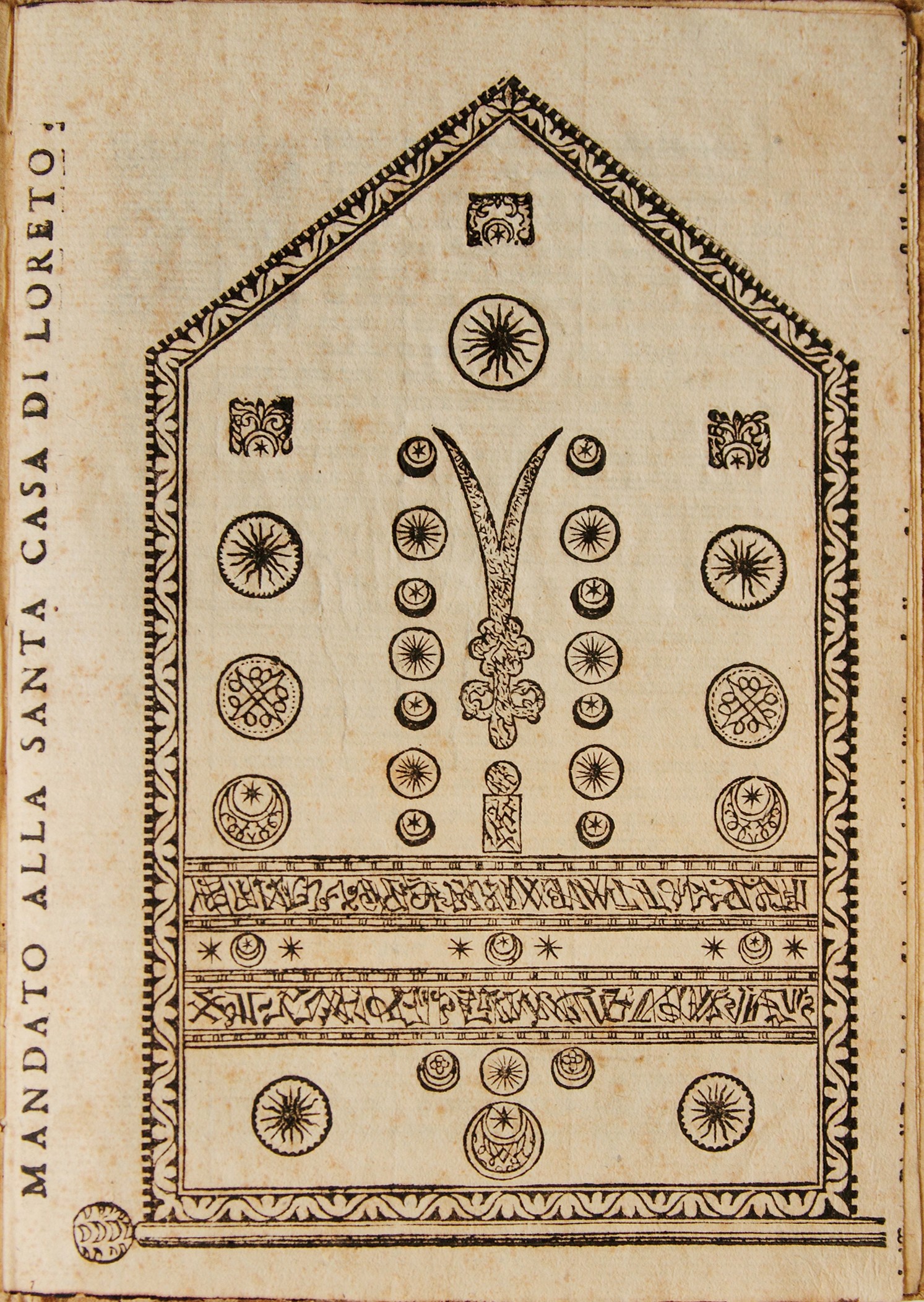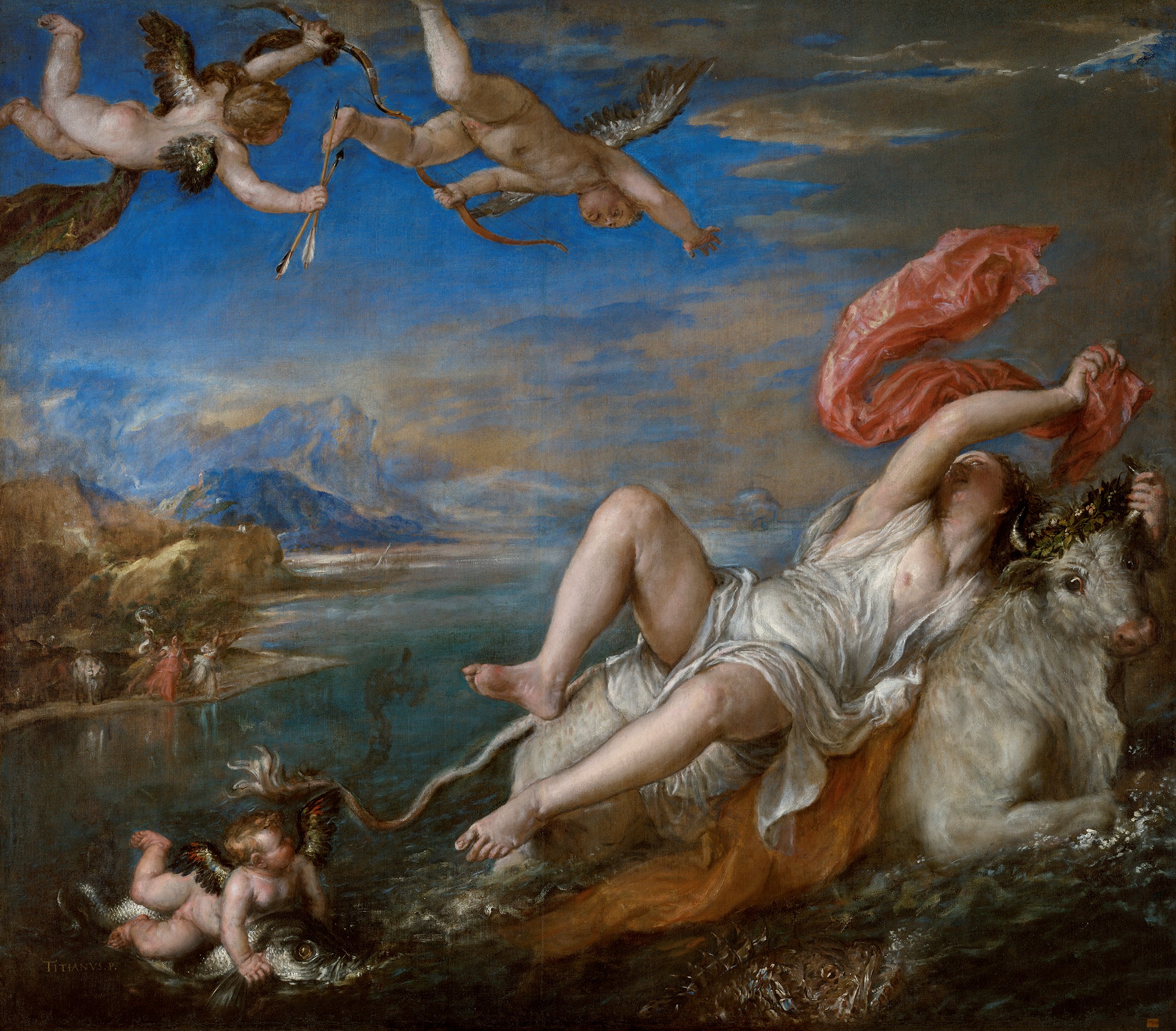“Visual reflections”, the PIMo series edited by Paola von Wyss-Giacosa (University of Zurich), focuses on the cultural dimension of pictorial and material sources, highlighting their importance for the project and more generally for research in the field of connected histories.
Some of PIMo’s core themes – people, things, ideas, and paper in motion; cultural and emotional entanglements; histories of migration, displacement, and dispossession – and a cross-section of the stimulating approaches taken by participants in this multi-disciplinary project about histories of displacement within and from the Mediterranean (15th–20th centuries) are presented here.
Each short essay takes an image as a point of departure for reflecting on the multiple functions, meanings and expressions of the visual. The common aim is to share with a wider readership the relevance and fascination of exploring the historicity of representation, and the enduring implications of media presence and circulation.
Dónal Hassett, The Ile Sainte Marguerite: Geographies of Repression and Incarceration in the Colonial Mediterranean
The low clicking of the cicadas combines with the gentle lapping of the sea to block out all other noises. The canopy of Aleppo pines offers some much-needed shade on a hot June day. The bulk of the holidaymakers who boarded the ferry with me that morning in Cannes are now sunning themselves in one of the coves that dot the southern shore of the Ile Sainte Marguerite. Some might have briefly visited the island’s Fort Royal, best known as the place of incarceration of the mysterious Man in the Iron Mask immortalised in ink by Alexandre Dumas. Few, if any, will have made it to where I now find myself. The ticket vendor at the Fort was puzzled at my request for directions and Google Maps barely works out here on the island. No matter. This is a place best discovered in tranquil solitude. Amidst the encroaching vegetation, I can clearly see the carefully arranged lines of stones, each one marking the resting place of a North African once imprisoned on the island for their resistance to French colonial [...]


